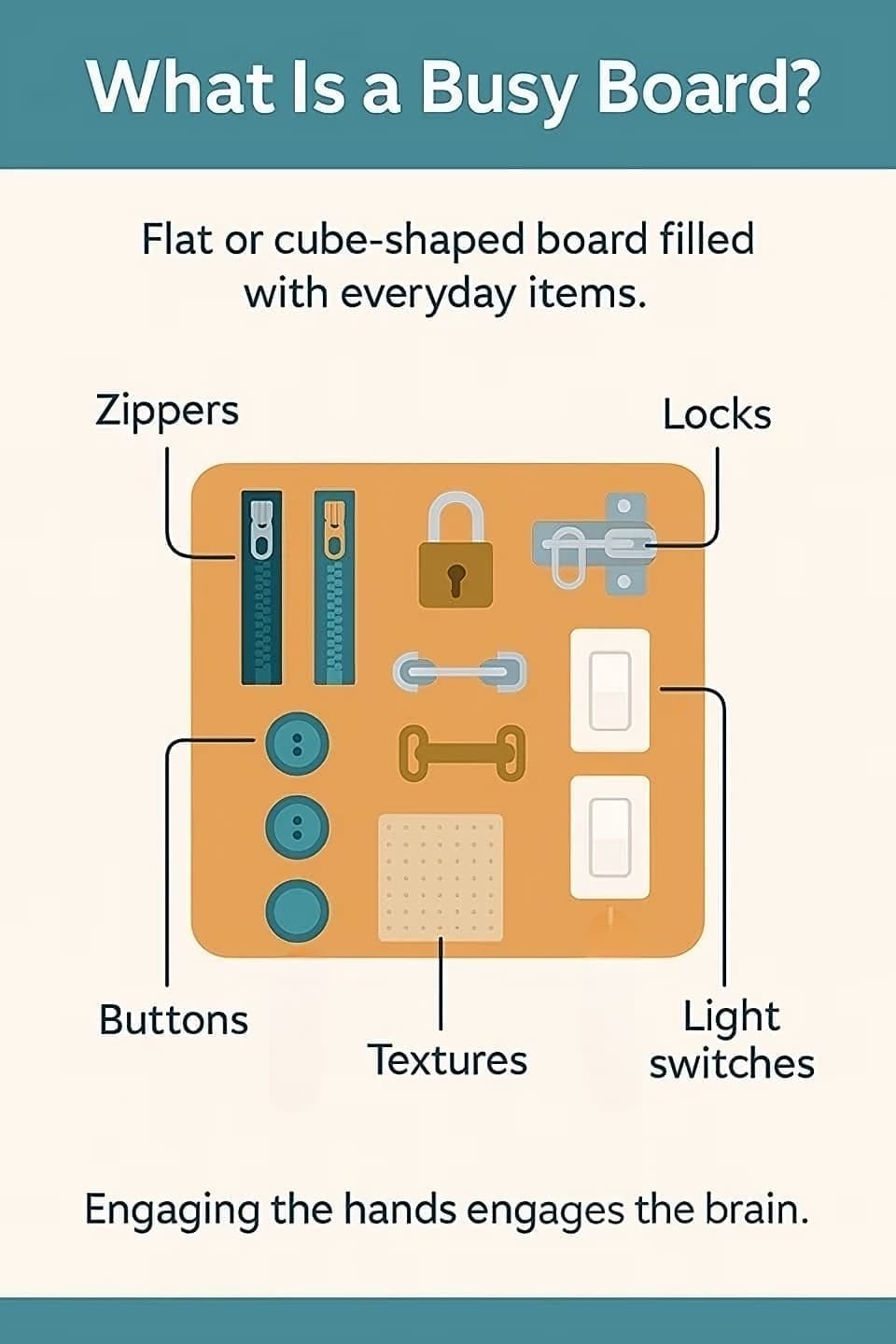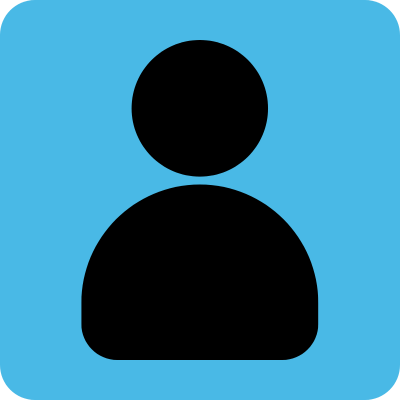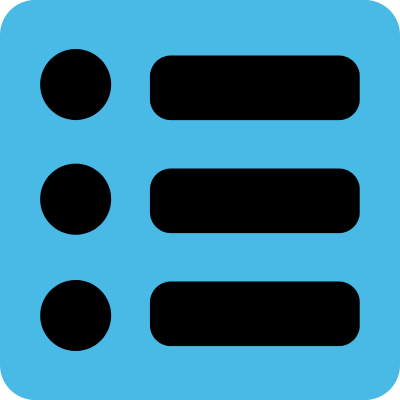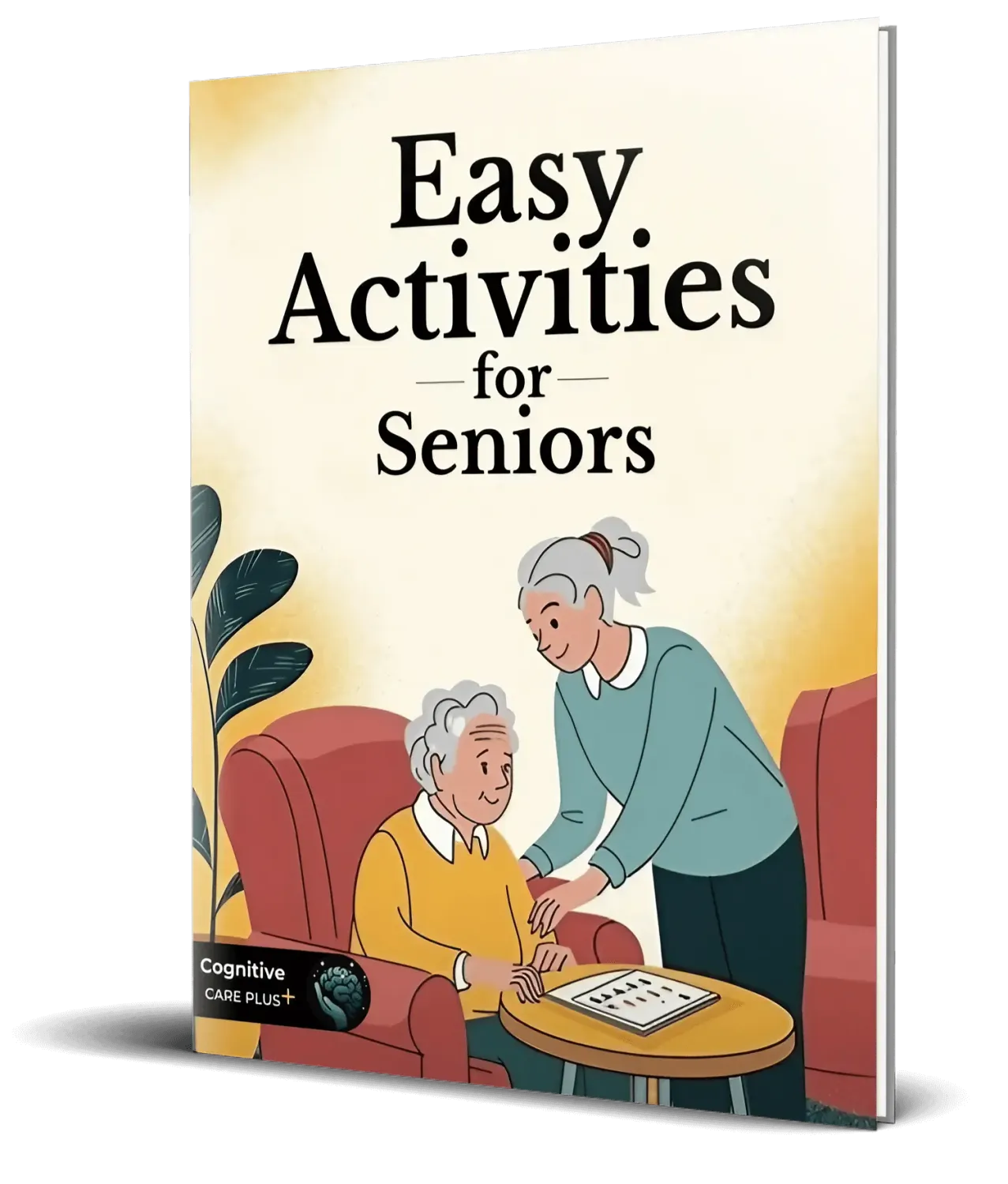Best Busy Boards for Dementia Patients: What to Look For
Why Are Busy Boards So Helpful for Dementia?
Have you ever seen someone light up just by sliding a zipper or turning a switch? That’s not just play—it’s therapy in action.
Busy boards, also called activity boards, are more than toys. For people living with dementia, they can offer meaningful engagement, reduce agitation, and even support brain function. When designed with care, these simple boards become powerful occupational therapy tools that promote independence and connection.
But not all busy boards are created equal. So, how do you choose the right one for your loved one?
Let’s explore.
🎧 Prefer to listen? Play our podcast episode below to learn how busy boards can support daily routines, reduce agitation, and bring calm during middle-stage dementia—making caregiving days smoother and more meaningful.
✨ Enjoyed the episode?
Subscribe to the Cognitive Care Plus Podcast for practical guides, expert insights, and compassionate support to help you care for your loved one with dementia.
🧩 What Is a Busy Board?

A busy board is a flat or cube-shaped board filled with everyday items like zippers, locks, buttons, latches, light switches, or textures. These objects invite the user to explore, manipulate, and engage using their hands and senses.
They're often seen in pediatric therapy, but for older adults with dementia, they serve a deeper purpose:
Stimulating long-term memory (e.g., turning a familiar switch)
Encouraging fine motor activity
Providing calming, repetitive motions
Offering a sense of accomplishment and autonomy
There are also versions designed to mount on walls (busy board for wall) or in 3D cube format (busy cube) for more interactive use.
🙌 Here is a short video showing how an Eagle Scout designed and delivered busy boards to memory care residents at Dominion Senior Living. This real story illustrates how these tools can promote attention, fine motor skills, and emotional well-being in care settings.
This experience reinforces the benefits we describe: well-designed busy boards can keep people with dementia active, emotionally connected, and engaged—especially when tailored to their abilities and sense of autonomy.
Science backs this up: Recent studies show that structured cognitive stimulation activities—like those encouraged by busy boards—can improve cognitive performance, mood, and quality of life in individuals with mild to moderate dementia. A study published in the International Journal of Environmental Research and Public Health highlights how these non-pharmacological interventions are effective and well-tolerated in care settings. You can read it here.
🧠 How Do Busy Boards Help the Brain?
Engaging the hands engages the brain.
For someone with dementia, especially in the middle to late stages, repetitive sensory and motor activities can:
Trigger procedural memory (the memory of how to do things)
Calm the nervous system through tactile feedback
Promote neuroplasticity, helping the brain adapt and find new pathways
Busy boards support occupational therapy goals by encouraging participation in meaningful tasks that reduce apathy and confusion. Plus, they’re enjoyable—something that shouldn't be underestimated in dementia care.
Additionally, a professional care provider such as Waterloo Care Home describes how dementia activity boards—equipped with familiar items like switches, locks, remotes, and textured fabrics—offer cognitive, sensory, and emotional benefits in real-world care settings. Their perspective underscores the importance of thoughtful design and meaningful interaction in reducing agitation and fostering autonomy in residents. You can read it here.
🛒 What to Look For in the Best Busy Board
Not sure which board to pick? Here’s what to consider:
🔷 1. Match the Stage of Dementia
Each stage comes with different needs and abilities. If you're unsure about your loved one's current stage, refer to our Dementia Stages Chart for a simple visual guide.
Early Stage: Look for boards with more complex elements like key locks, Velcro shoes, or lacing.
Middle Stage: Focus on sensory boards with simple switches, soft textures, or colorful sliders.
Late Stage: Choose boards with fewer items and larger components for easier handling and reduced frustration.
🔷 2. Prioritize Safety
No sharp edges or small parts that could be swallowed
Durable materials that can handle fidgeting
Non-toxic paints and finishes
Busy boards are often marketed as toys for people with dementia, but safety is never a game.
🔷 3. Stimulate Multiple Senses
Boards that offer sensory variety are more engaging. Look for elements that:
Move (spinners, zippers)
Feel interesting (fabrics, soft brushes)
Make light sound (bells or chimes)
These sensory wall boards are especially calming and can help reduce restlessness or agitation.
🔷 4. Choose Based on Space and Mobility
Limited room? Try a busy board for wall—great for shared care home spaces.
Need portability? A busy cube or lap-sized board is ideal for wheelchairs or beds.
🔗 Want personalized product recommendations?
Looking for specific busy boards that are safe, effective, and truly helpful? Explore our curated list of handpicked items from specialized platforms trusted by caregivers, occupational therapists, and dementia care professionals. These options are chosen with both cognitive benefits and emotional comfort in mind—so you can feel confident in your decision.
💡 Are Activity Boards Only for Kids?
Not at all. While many busy boards were first made for children, adult versions have been thoughtfully adapted. The best activity boards for seniors are age-appropriate in both design and purpose—respecting dignity while still offering cognitive and emotional benefits.
FAQ
The best busy board is the one that matches the person’s cognitive and physical abilities. For middle-stage dementia, boards with textures, sliders, and simple locks are ideal. In advanced stages, fewer items with calming tactile feedback work best.
Yes. They can reduce anxiety, encourage hand use, and support memory through routine-like actions. Many occupational therapy tools include busy boards for this reason.
Make sure the board has:
No detachable small pieces
Rounded edges
Non-toxic materials
Clear labeling if handmade or artisan-built
Many specialized dementia care websites and retailers offer dementia toys, including activity boards and busy cubes. Look for reviews from caregivers and professionals.
❤️ Final Thoughts: It's More Than a Toy
Choosing a busy board isn’t about just giving your loved one something to “do.” It’s about offering dignity through action. Whether it’s flipping a switch or zipping up a pouch, every movement can spark joy, memory, and a sense of purpose.
At Cognitive Care Plus, we believe in tools that truly help. That’s why we only recommend busy boards designed with care, safety, and love.
🛒 Looking for a ready-to-use busy board?
We’ve curated a selection of the best busy boards for dementia patients—each chosen for safety, sensory engagement, and caregiver-approved quality.
Share this article:
If this article helped you, share it with other caregivers who need encouragement.
🩵 Want more free tools to make caregiving smoother? Join our list and get practical resources delivered to your inbox.
💬 We’d love to hear from you!
Have you used a busy board with your loved one living with dementia? What features worked best, and what challenges did you face? Share your thoughts and tips in the comments below—your experience might inspire or support another caregiver on the same path.

Trending
Simple tools that make caregiving...
Turning simple play into a brain-boosting activity...
Here’s what to look for when choosing...

About me

Hi there 👋 My name is George Cassou, I'm a psychologist and the creator of this blog. Inspired by my journey caring for my mom with Alzheimer's, I share activities and tips to bring joy and connection.

Affiliate Disclosure:
This website contains affiliate links. If you click on these links and make a purchase, we may earn a small commission at no additional cost to you. These commissions help us keep this site running and allow us to continue creating helpful content to support caregivers and families.


